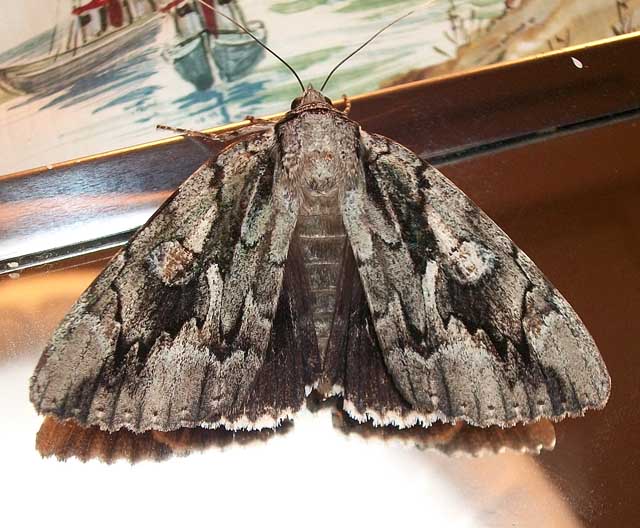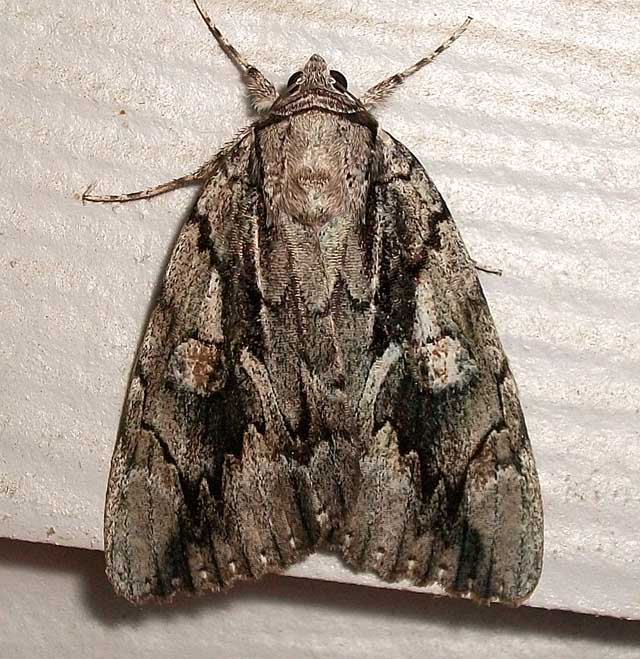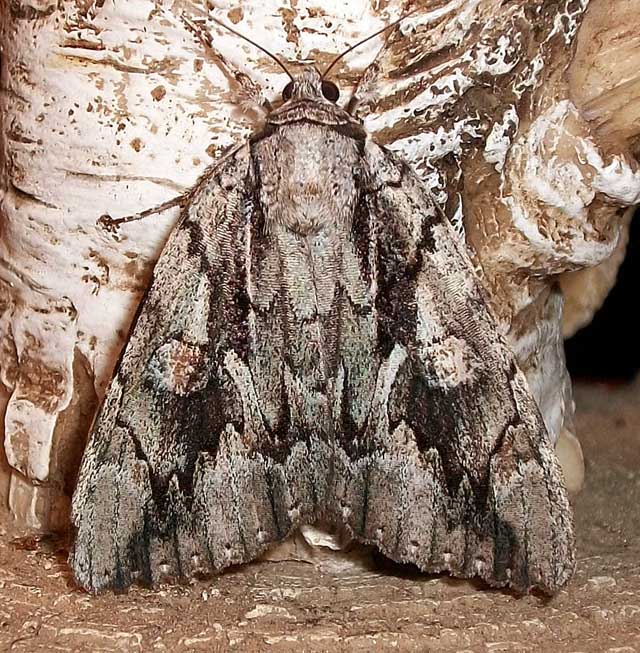Catocala flebilis
Catocala flebilis
kah-TOCK-uh-lahmmFLEH-beh-lis
Grote, 1872

Catocala flebilis courtesy of J.K. Adams.
This site has been created by
Bill Oehlke at oehlkew@islandtelecom.com
Comments, suggestions and/or additional information are welcomed by Bill.
| TAXONOMY:
Superfamily: Noctuoidea
Family: Noctuidae
Group: Noctuinina
Subfamily: Catocalinae
Genus: Catocala, Schrank, 1802
| |
MIDI MUSIC
"Moon River"
copyright C. Odenkirk
MIDI CITYON.OFF
<bgsound src="moon.mid" LOOP=FOREVER>
|
DISTRIBUTION:
It has also been reported in
Alabama,
Delaware,
District of Columbia,
Indiana,
Iowa,
Kansas,
Kentucky,
Maryland,
Mississippi,
Missouri,
New Hampshire,
New Jersey,
New York,
Ohio,
Oklahoma,
Pennsylvania,
Rhode Island,
South Carolina,
Tennessee,
Texas,
Virginia and
West Virginia.
There is a diffuse black band running from the basal area to the outer
margin just below the apex, interrupted by a pale grey subreniform spot. The reniform
spot is filled with brown and there is additional brown outside the
postmedial line. There is no anal dash as there is in angusi.
The hindwings have white fringe.

Catocala flebilis, Pickens County, northern Georgia,
65mm, September 17, 2009, courtesy of Aubrey Scott.

Catocala flebilis, Pickens County, northern Georgia,
65mm, September 17, 2009, courtesy of Aubrey Scott.

Catocala flebilis, Pickens County, northern Georgia,
65mm, September 17, 2009, courtesy of Aubrey Scott.
FLIGHT TIMES AND PREFERRED FOOD PLANTS:
Catocala flebilis are on the wing from July to September.
The Catocala flebilis caterpillar feeds on hickories.
ECLOSION:
Adults eclose from pupae at soil surface.
SCENTING AND MATING:
Catocala flebilis females
emit an airbourne pheromone and males use their antennae to track the
scent plume.
EGGS, CATERPILLARS, COCOONS, AND PUPAE:
Eggs are deposited on
tree bark in the fall and hatch the following spring.
Larval Food Plants
Listed below are primary food plant(s) and alternate food plants.
It is hoped that this alphabetical listing followed by the common
name of the foodplant will prove useful. The list is not exhaustive,
although some species seem very host specific.
Experimenting with closely related foodplants is worthwhile.
Carya glabra......
Carya ovata
|
Pignut hickory
Shagbark hickory
|
Return to Main Index



